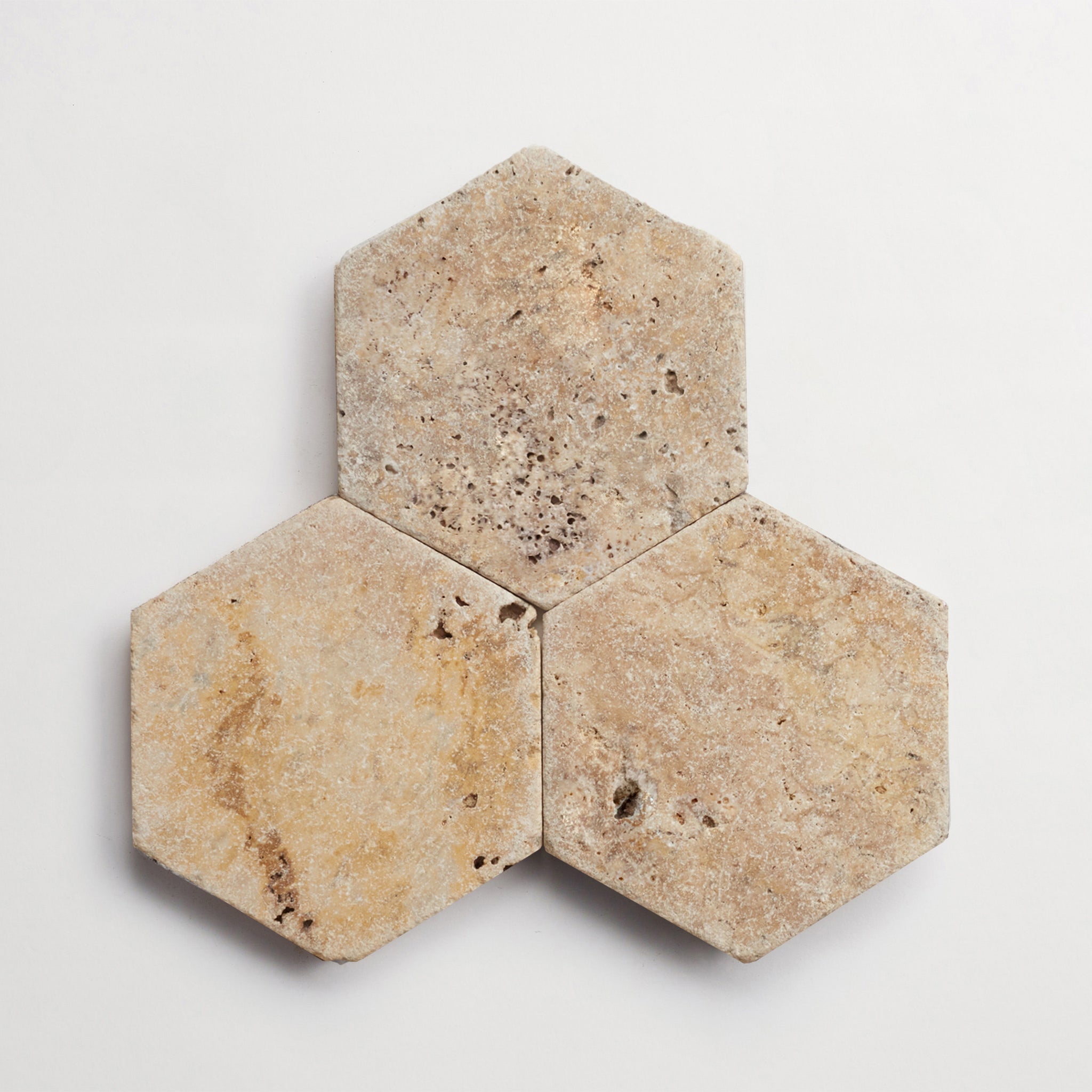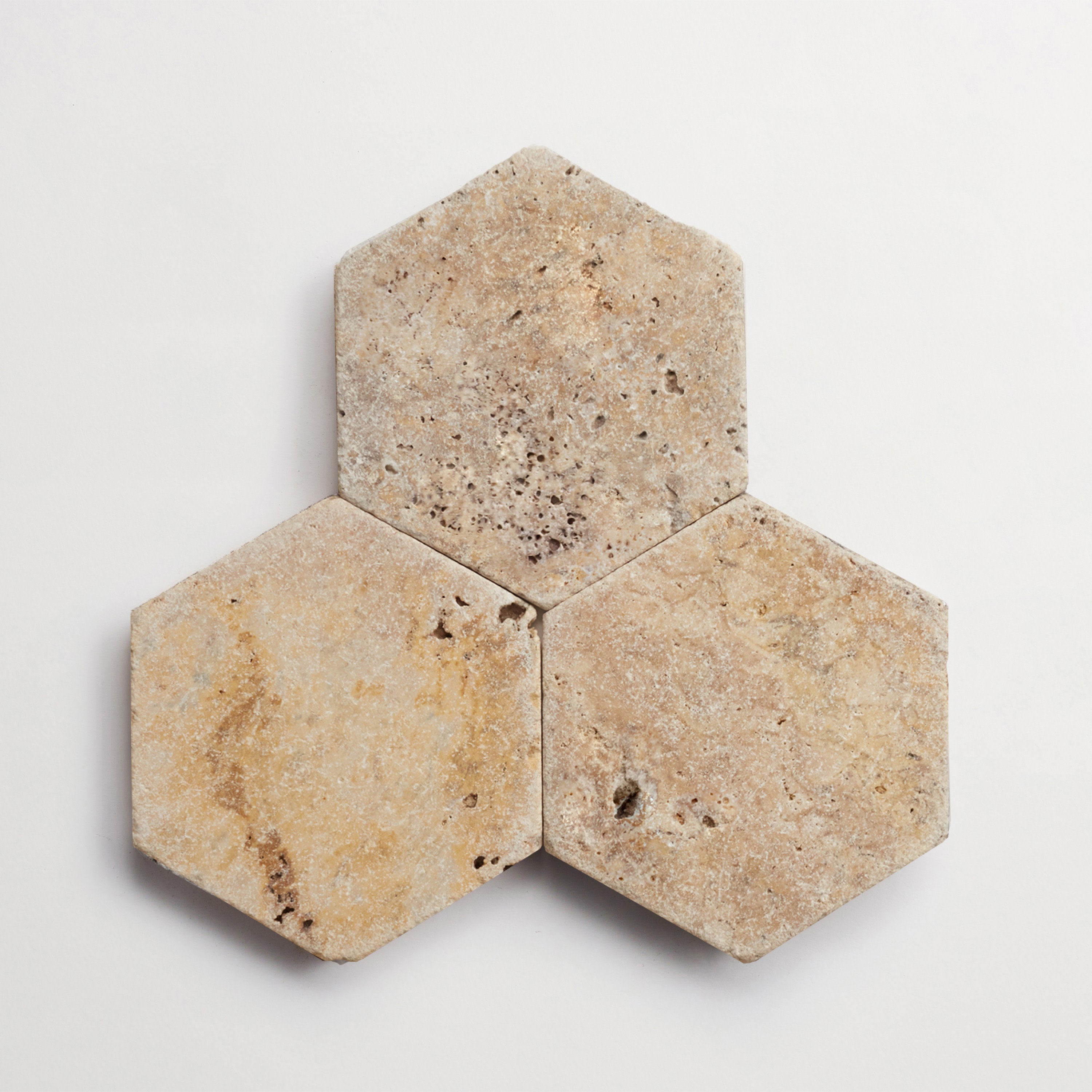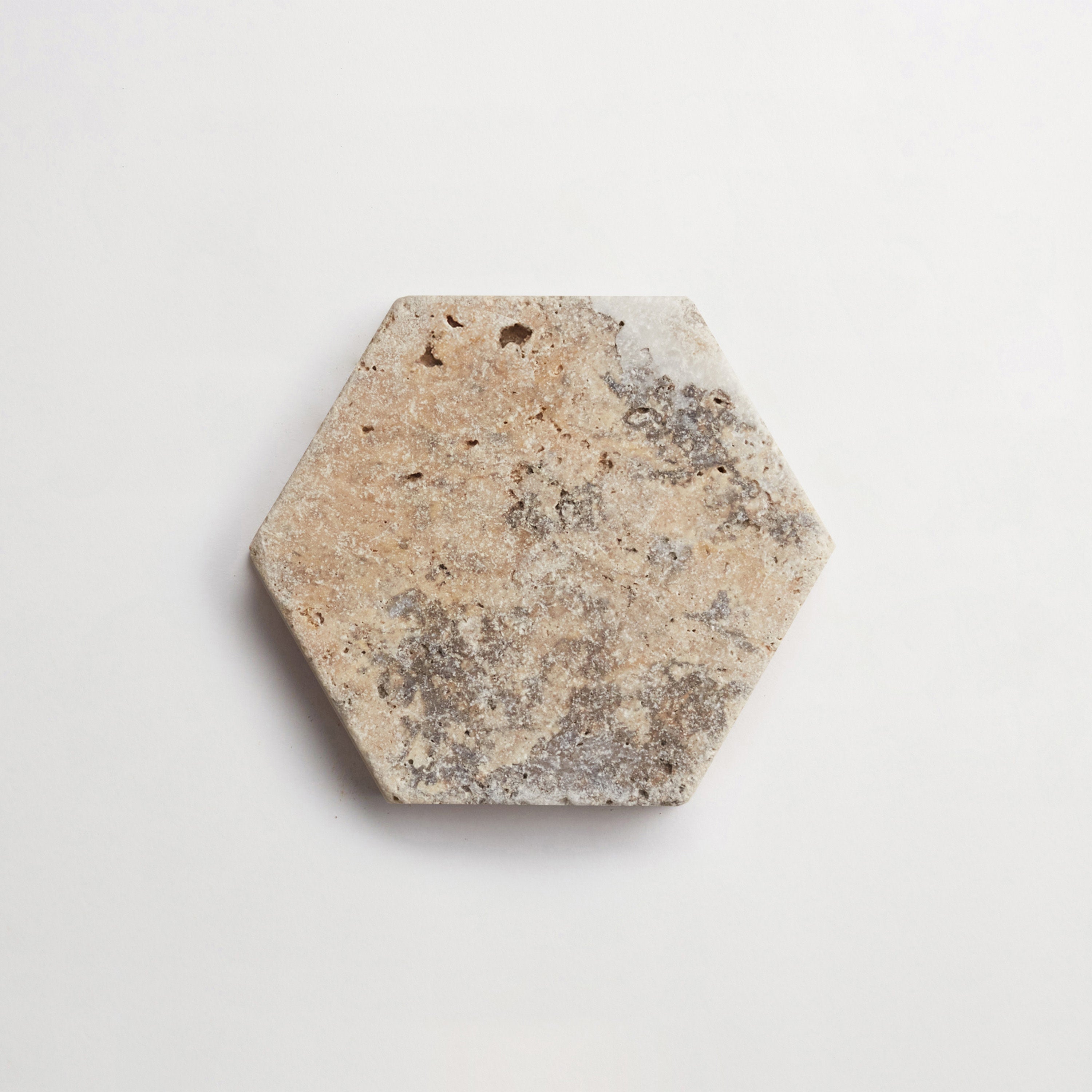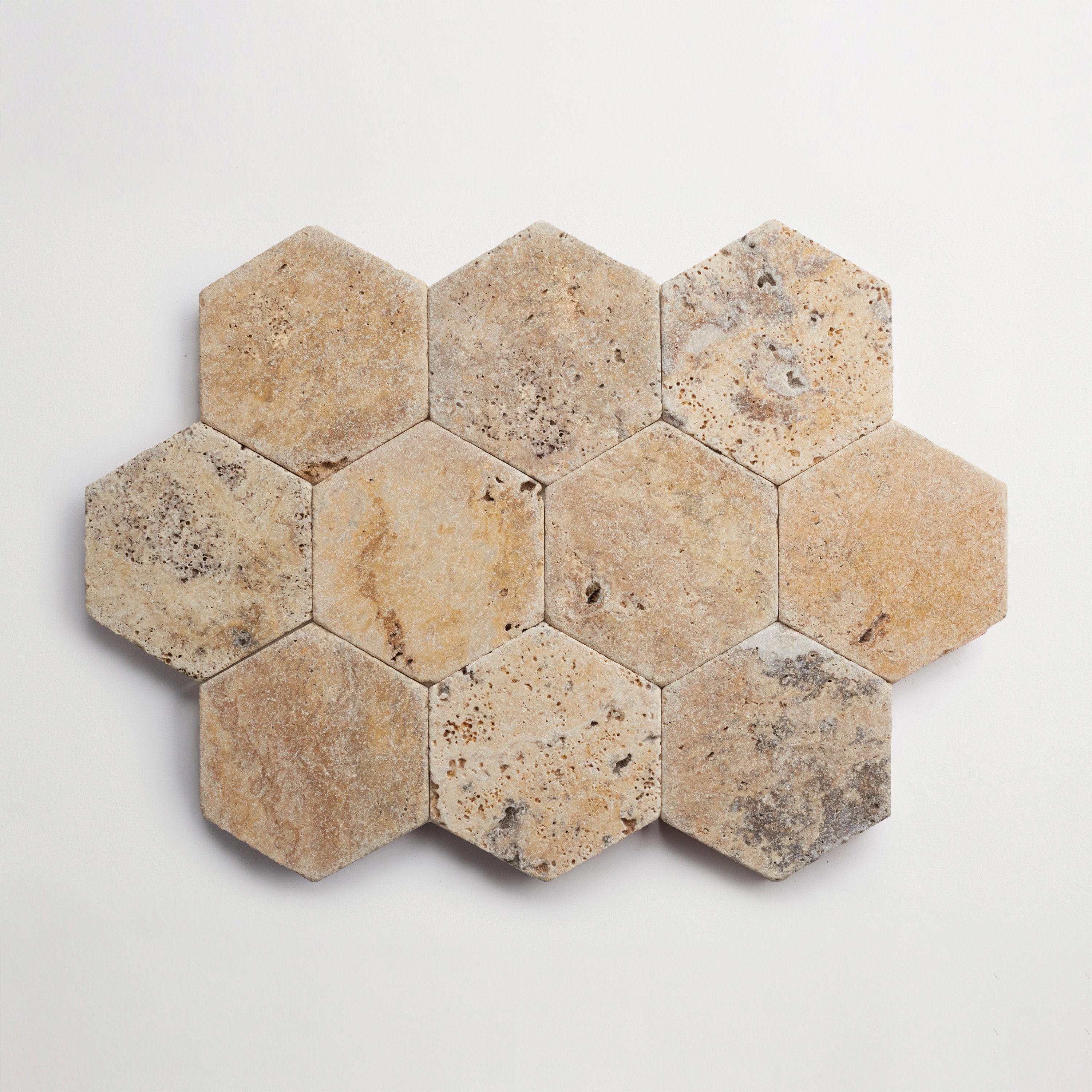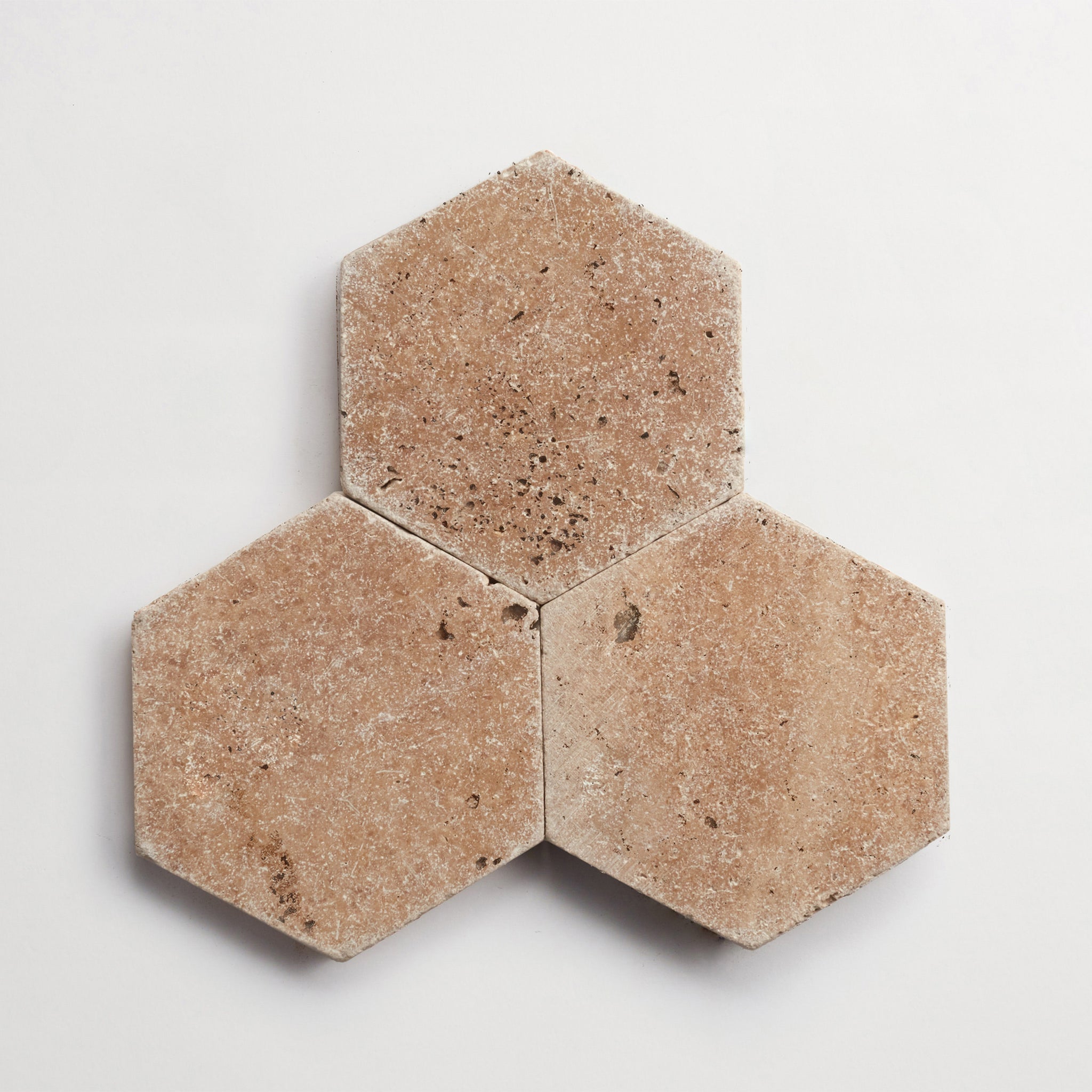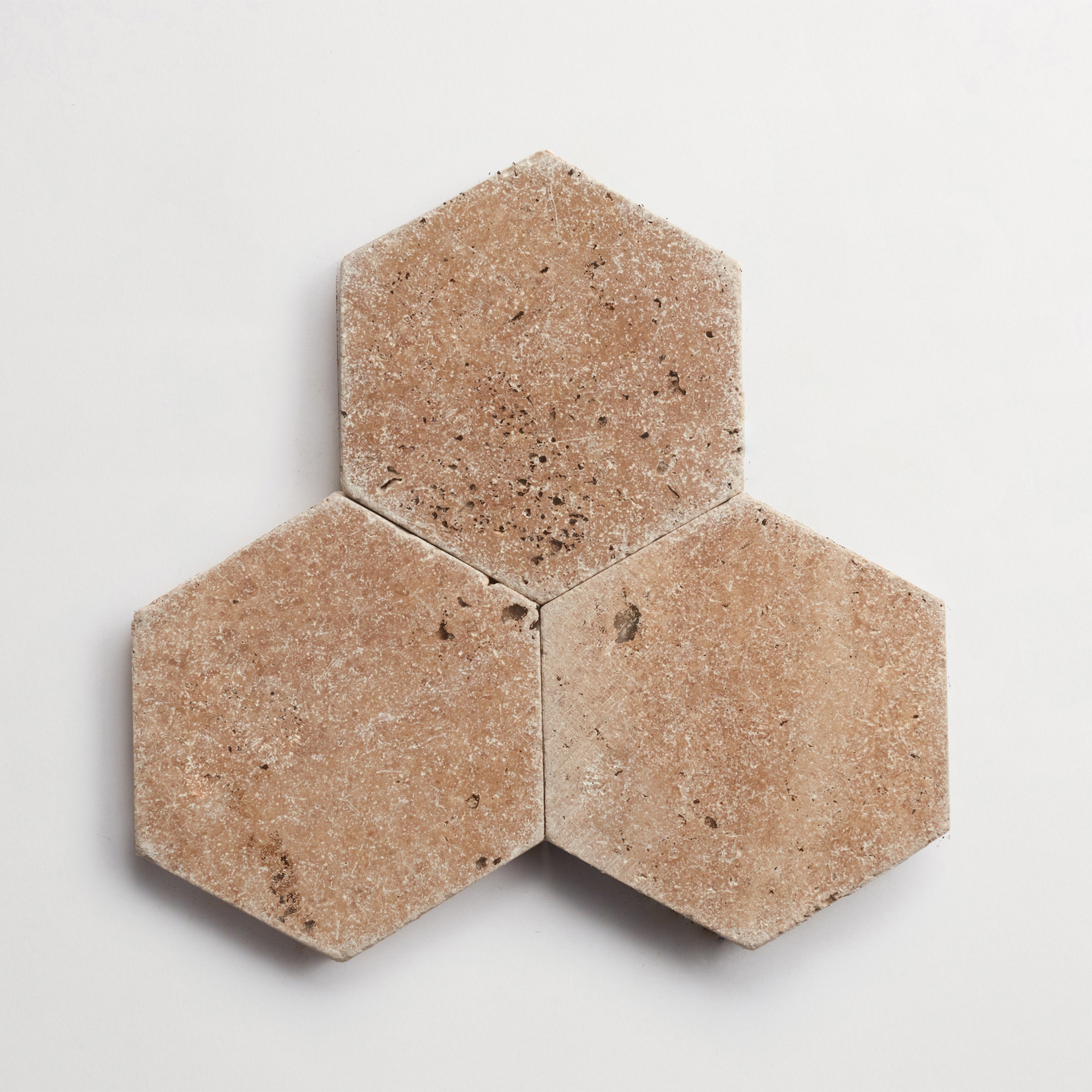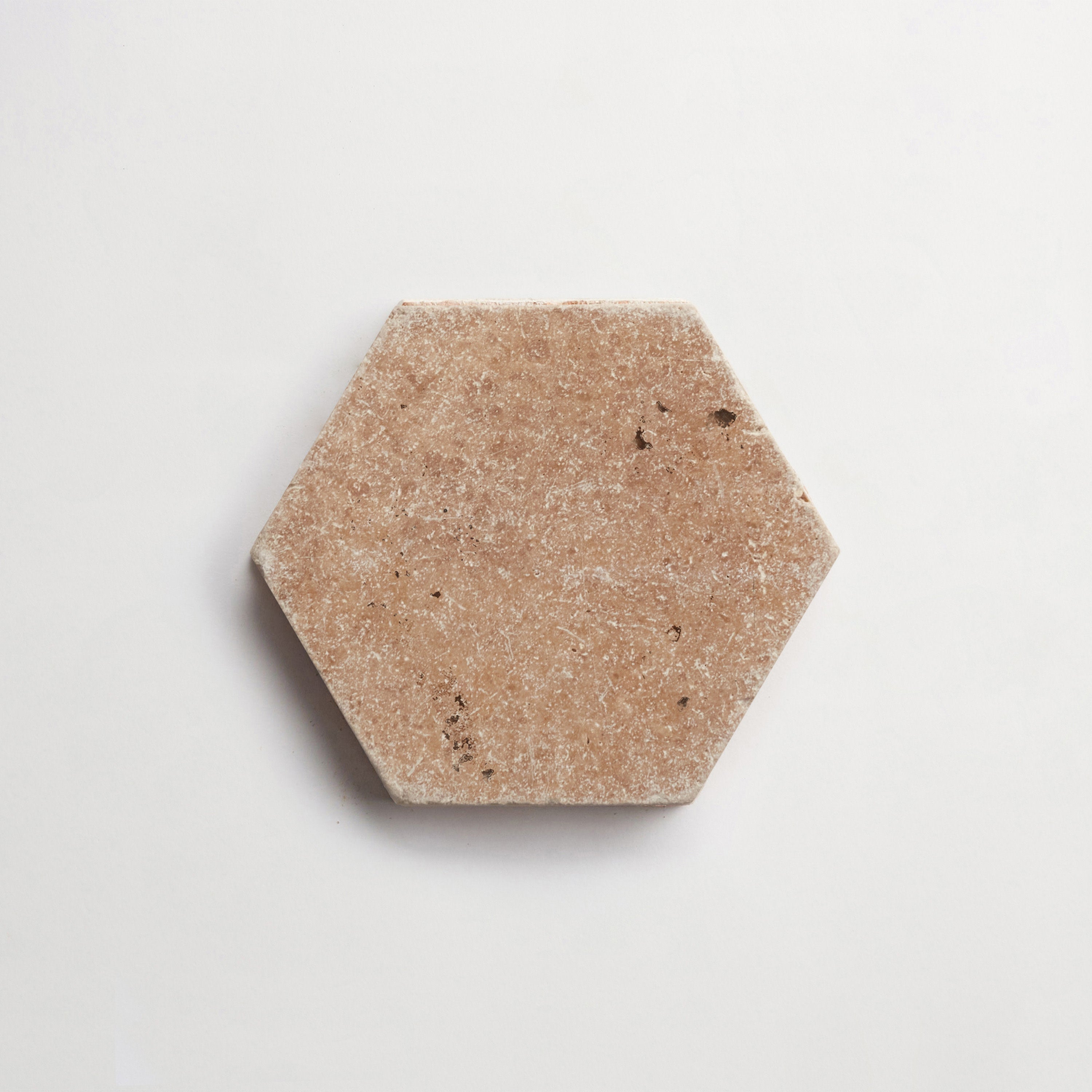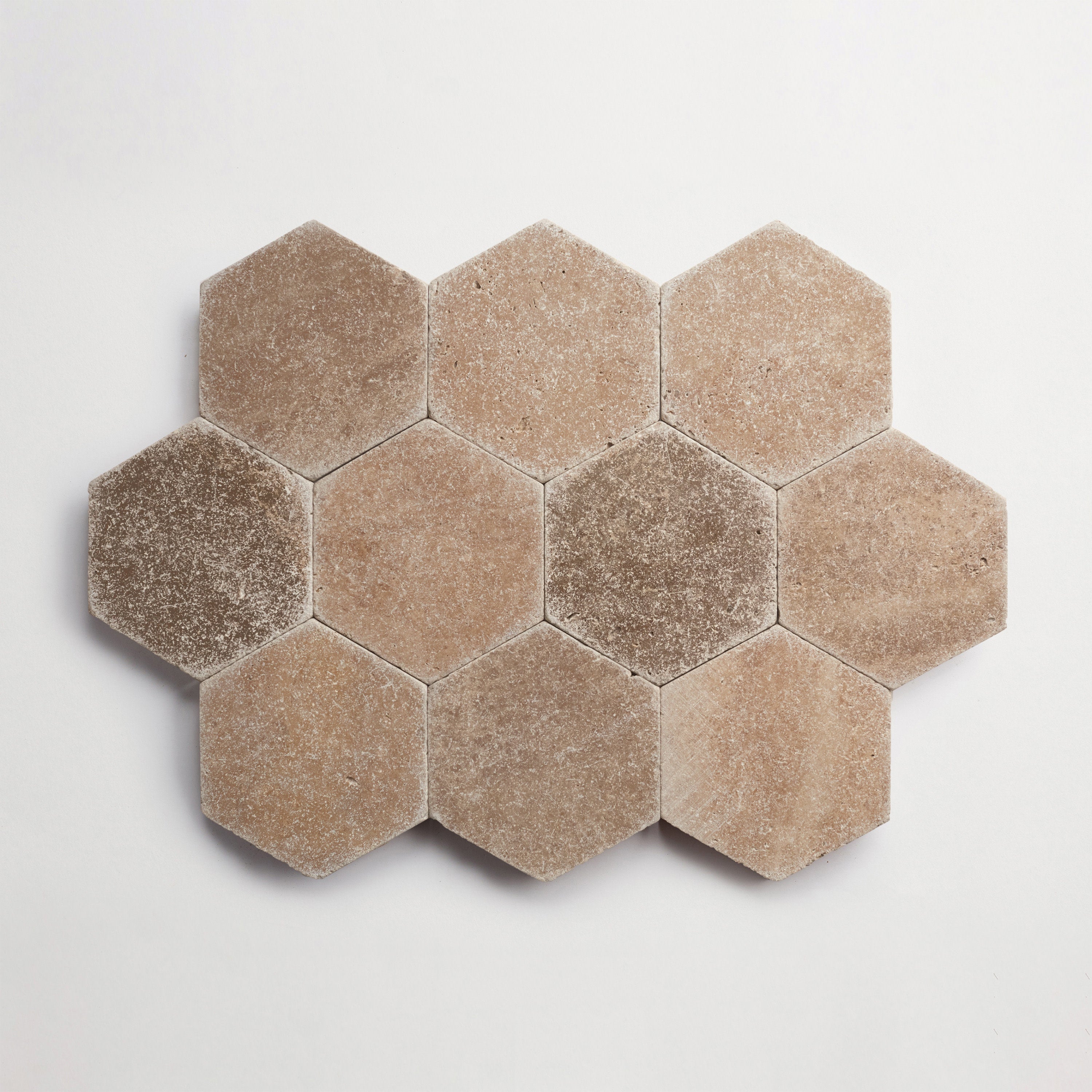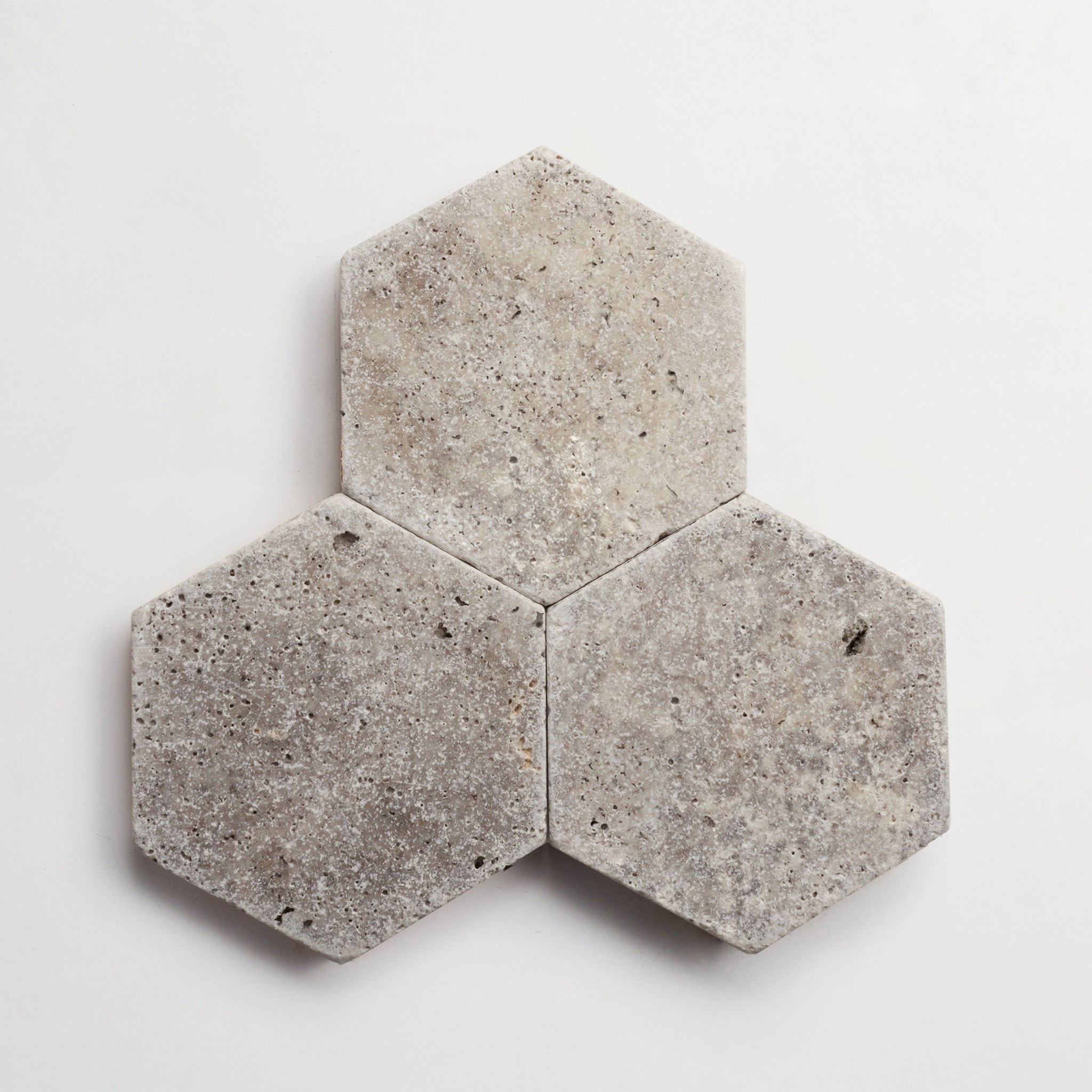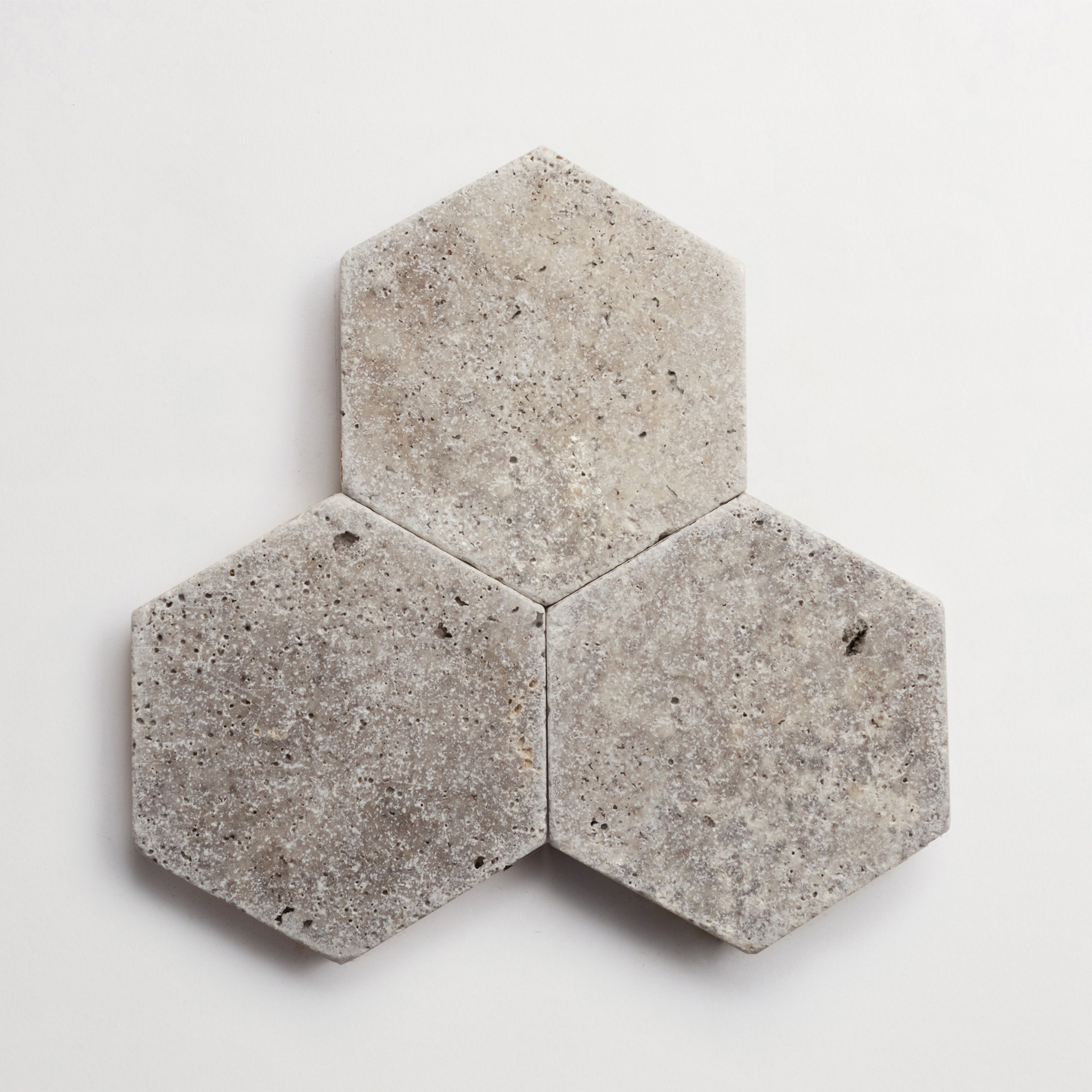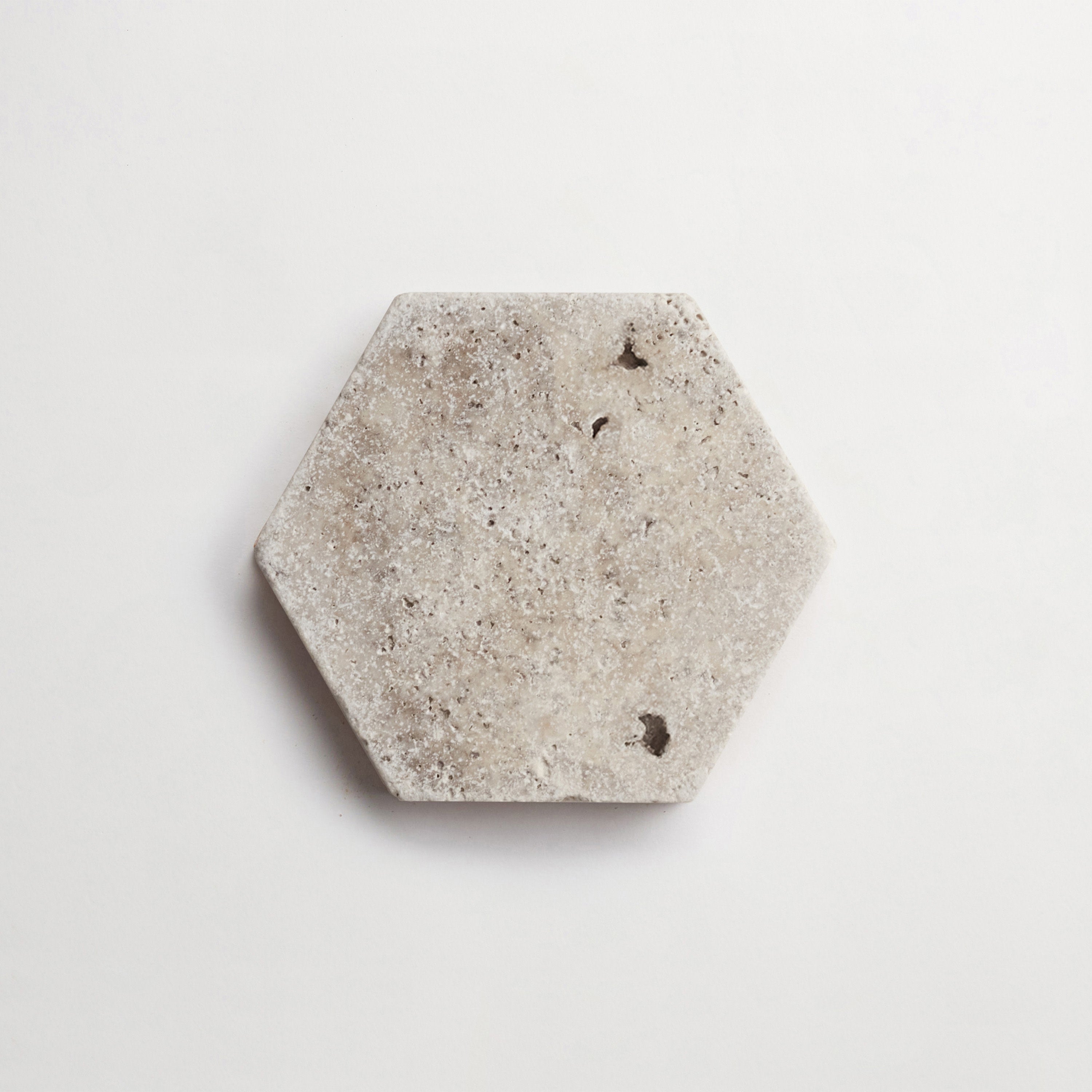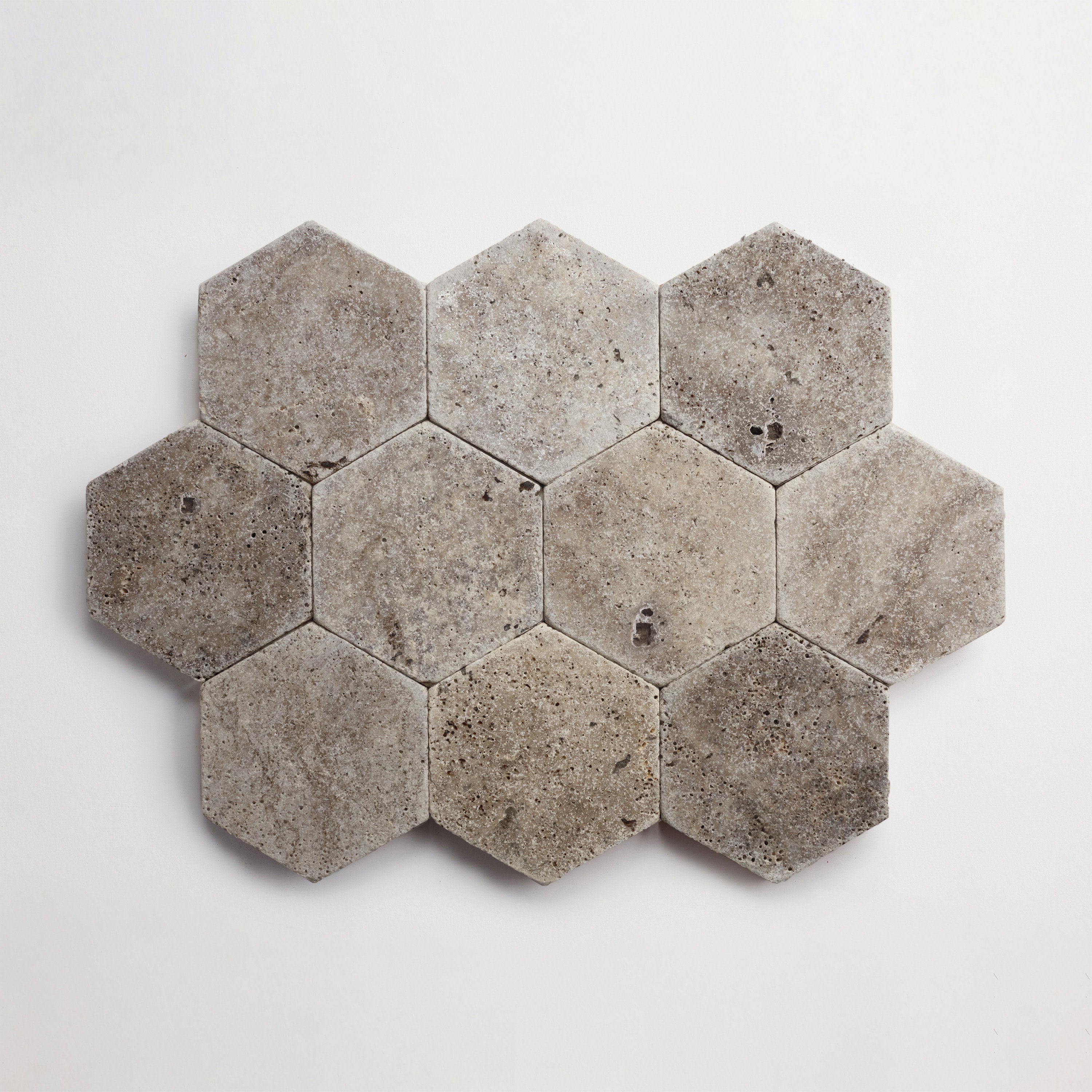your shopping cart is empty.

13 Unique Garden Path Ideas for Beautiful Walkways
A well-designed garden path does more than guide your steps—it invites you into the landscape, drawing the eye and grounding the garden in both form and function. Whether winding through lush plantings or leading to a cozy outdoor nook, a thoughtfully crafted walkway can define the mood and movement of your space.
From natural stone and gravel paths to patterned tile and brick inlays, the materials and layout you choose help shape your garden’s personality. Let’s stroll through some intriguing garden path ideas that blend beauty and practicality, offering inspiration for walkways that elevate both aesthetics and usability.
13 Garden Path Ideas for Beautiful and Functional Walkways
1. Stone Pathways Framed in Green
No list of garden pathway ideas would be complete without stone pathways bordered by green, such as moss ground cover between pavers. This classic approach brings timeless elegance and organic structure to any garden. Natural stone—whether flagstone, slate, or limestone—offers a rich, textural surface that feels both grounded and refined underfoot. When framed with soft greenery like moss, low groundcovers, or neatly clipped hedges, the path becomes a harmonious fusion of hard and soft elements.
This juxtaposition creates a clear, serene route through the landscape. The greenery acts as a living frame, softening the slate or flagstone path and adding seasonal vibrancy. It also helps define boundaries without rigid formality. Perfect for cottage gardens or more structured outdoor rooms, these paths are alluringly beautiful and always inviting.
2. Textured Brickwork for Old-World Charm
Textured brickwork brings undeniable vintage charm to garden pathways, evoking European courtyards and centuries-old walled gardens. Whether laid in herringbone, basketweave, or classic running bond patterns, brick paths offer warmth, character, and a pleasing sense of rhythm underfoot. The slight irregularities in color and surface give each step a handcrafted feel, while the durable material weathers beautifully over time.
Paired with trailing vines, flowering borders, inorganic mulch such as gravel, or antique garden accents, brick walkways become more than functional—they’re storied, atmospheric elements. Ideal for traditional, rustic, or cottage-style landscapes, textured brick bridges utility and romance, grounding the garden in timeless beauty.
3. Modern Stepping Stone Pathways Set in Gravel
Contemporary stepping stone pathways laid in gravel offer a clean, modern take on garden design, blending minimalist aesthetics with practical functionality. Large-format stones—think concrete, limestone, or slate—appear to float atop a bed of finely crushed gravel, creating a rhythmic, airy feel as they guide the eye and foot through the landscape. The gravel not only provides contrast and texture but also helps with drainage and weed control, making it a smart choice for high-traffic areas.
This approach suits modern looks and transitional gardens alike, offering flexibility in spacing and layout. Plant low-growing ground covers between stones for a soft, organic touch or keep the gravel pristine for more structure—either way, modern garden path ideas like this one create a serene, design-forward walkway.
4. Terracotta Curves Inspired by the Mediterranean
Terracotta tiles that evoke the Mediterranean Sea bring warmth and romance to garden walkways, echoing sun-drenched coastal villages and timeworn trails. With their earthy tones and soft, rounded lines, terracotta pavers or tiles create a natural flow that invites leisurely strolls and a sense of escape.
These paths are especially effective when paired with lush plantings like lavender, rosemary, or olive trees, reinforcing the Mediterranean mood. Their curved layout softens the structure of the garden and leads the eye gently from one space to another.
Over time, terracotta develops a rich patina that adds depth and character, enhancing the path’s aged beauty. Whether set in gravel or laid into mortar, these walkways exude timeless elegance with a relaxed, sun-kissed appeal.
5. Linear Garden Paths with Cement Tile
Straight paths in the garden using cement tile bring a sleek, architectural edge to outdoor spaces, offering both function and refined visual impact. With their clean lines and graphic patterns, cement tiles create a modern rhythm that guides movement through the garden with clarity and purpose. These paths can anchor contemporary landscapes or add a crisp counterpoint to more naturalistic plantings.
The durability of cement tile makes it ideal for high-traffic areas (including exterior floors), while its customizable patterns and colors allow for creative expression. Whether you opt for muted tones or bold geometrics or blended tiles such as terrazzo (a mix of cement and stone), the result is a tailored look that blends utility with high design. Framed by minimalist borders or flanked by low hedges, linear cement tile paths connect spaces seamlessly.
6. Textural Layers with Mixed Materials
Textural layers created with different materials set up visual interest and tactile richness to garden walkways. Combining stone, gravel, wood, or brick allows for dynamic contrasts that enhance the natural beauty of surrounding plantings. A path might begin with sleek flagstone, transition into crushed granite, and finish with warm wood planks—each section adding its own rhythm and tone. These layered designs not only guide foot traffic but also tell a design story, blending rustic charm with contemporary edge.
Mixed material paths are particularly effective in gardens with varied zones, helping define distinct areas without the need for fences or borders. They also improve drainage and offer opportunities for personalization. Thoughtfully composed, this approach turns a simple path into a curated journey through texture, color, and form.
7. Irregular Stone Pathways That Evoke Natural Terrain
Irregular stone pathways bring a sense of organic beauty to garden spaces, mimicking the look and feel of natural terrain. With their uneven edges and varied sizes, these paths offer a relaxed, earthy rhythm that blends seamlessly into surrounding greenery. Each stone feels purposefully placed yet spontaneous, echoing the randomness of nature. Moss or groundcover growing between the stones enhances the wild, timeworn character, softening the hardscape and inviting barefoot exploration.
These paths work especially well in woodland gardens or informal landscapes, where structure is secondary to atmosphere. Irregular stone walkways also offer practical benefits, with gaps aiding in drainage and reducing surface heat. The result is a serene, grounded path that feels as though it has always belonged.
8. Sculptured, Modern Pathways with Dark Tile
Carved, modern pathways crafted from dark tile bring a dramatic edge to garden design, offering a sleek contrast against vibrant foliage and natural textures. These paths often feature precise lines and geometric layouts, creating a clean, architectural look that complements contemporary landscapes. Deep tones—like charcoal, slate, or matte black—anchor the space visually, providing a grounding effect.
Combined with minimalist plantings or grasses, the dark tile creates a quiet sense of luxury and intention. Their refined surfaces reflect light differently throughout the day. Durable and low-maintenance, these tiles are as functional as they are beautiful. The result is a walkway that feels like a sculpted, elevated route through the garden.
9. Slender Pathways for Rhythmic, Refined Design
Narrow garden pathways offer a sense of rhythm and refinement to outdoor design, guiding the eye and the step with graceful precision. Their slender proportions create a feel of intimacy and intentionality, especially when framed by soft plantings or linear borders and edging. These pathways are ideal for connecting small garden rooms or weaving through densely planted areas, enhancing flow without interfering with the landscape. Materials like elongated pavers, slim stone slabs, or minimalist tiles emphasize clean lines and simplicity.
The repetition of form establishes a visual cadence that’s both calming and elegant. Whether laid in a straight path or with gentle curves, slender walkways create a thoughtful balance between movement and stillness. They’re a subtle way to bring modern elegance to the garden.
10. Gridded Simplicity with Square Tiles
Gridded patterns using square tiles create a clean, modern aesthetic for garden paths that is both simply functional and visually appealing. Arranged in precise rows and columns, these square tiles offer a structured framework that complements minimalist and contemporary landscapes. Their uniform shape makes installation straightforward while providing a timeless look that won’t go out of style.
This pattern works beautifully with a variety of materials—from sleek concrete to natural stone—allowing for versatile design choices. The defined grid creates clear pathways that guide movement effortlessly through garden spaces. Pairing the tiles with low ground cover, wood chips, or inorganic mulch like pea gravel between the joints adds texture and softens the geometry. Gridded square tiles balance order with organic elements, making them some of the best walkway paver options out there.
11. Coastal Hues for Seaside Landscapes
Coastal shades bring breezy elegance to garden paths, especially in seaside landscapes where soft blues, sandy beiges, and weathered grays echo the natural palette of shorelines. Incorporating tiles or stones in these tones creates a harmonious connection between the built environment and the coastal surroundings.
Materials like tumbled limestone, driftwood-toned pavers, or pale ceramic tiles evoke the relaxed beauty of beachside living. These muted, sun-washed colors are ideal for complementing seagrass, succulents, and dune grasses.
A coastal-hued path feels light and open, perfect for enhancing the sense of calm and clarity in an outdoor space. Whether winding through a dune-inspired garden, surrounding a water feature, or leading to an ocean-view patio, this palette creates a path that feels organically integrated with nature—and endlessly walkable.
12. Worn Edges and Tonal Variations for Lived-In Beauty
Distressed edges and tonal gradients bring a timeless, lived-in beauty to garden pathways, suggesting a story that unfolds beneath every step. Opting for materials like reclaimed stone, weathered brick, or handmade tile with natural imperfections adds character and authenticity to the landscape. These subtle variations in hue and texture soften the path’s visual impact, making it feel like a natural extension of the environment.
Merging these paths with wild plantings, climbing vines, or organic mulch enhances the sense of age and organic integration. Whether in a cottage garden or rustic retreat, this approach evokes nostalgia and comfort, creating a walkway that feels warm, rooted, and gracefully aged.
13. Large Format Pavers for Minimalist Walkways
Large format paving stones in the garden bring a sense of calm, clarity, and minimalist elegance. Their clean lines and expansive scale reduce visual clutter, creating a sleek path that feels both modern and intentional. These oversized stones offer fewer grout lines, which helps open up smaller garden spaces.
Ideal for contemporary landscapes, large pavers pair beautifully with structured plantings, architectural foliage, and open gravel beds. Their scale grounds the space and creates a visual anchor amid soft, organic surroundings.
For a more refined aesthetic, choose muted, neutral tones that echo natural materials. With proper spacing and alignment, they can also encourage mindful movement through the garden. In terms of stepping stones garden path ideas, large-format pavers balance functionality with sculptural simplicity.
Thoughtfully considered garden path designs are more than a way to move through a space—they’re an invitation to explore, linger, and connect with the landscape. Whether you’re drawn to the timeless charm of brick, the organic flow of irregular stone, or the clean geometry of cement tile, these unique garden path ideas tell a story and shape the rhythm of the gardens around them. (Looking for garden focal point ideas? Read on.)
The best garden path ideas blend form and function with high-quality materials. They should reflect your style and setting, so you create walkways that guide and elevate the experience of your outdoor space, balance with other landscape elements, and blend seamlessly with hardscaping. (Here’s more on the difference between hardscape and landscape.) Artisan-crafted, culturally inspired tiles from the OUTERclé Wander collection bring a unique aesthetic that spans function and form—exactly what your garden path calls for.
-
Pumice
-
Pemberley Pavers
: Hex
-
4
" x
-
4
" x
-
⅛
"
-
sqft
/
$
-
Sand
-
Pemberley Pavers
: Hex
-
8
" x
-
8
" x
-
⅞
"
-
sqft
/
$
-
Shale
-
Pemberley Pavers
: Hex
-
4
" x
-
16
" x
-
⅝
"
-
sqft
/
$




